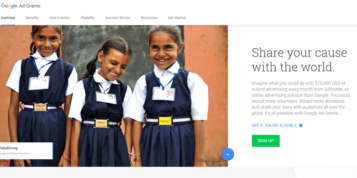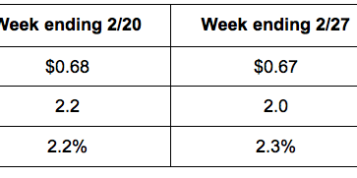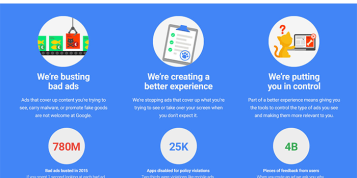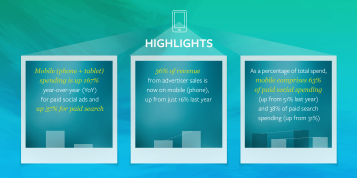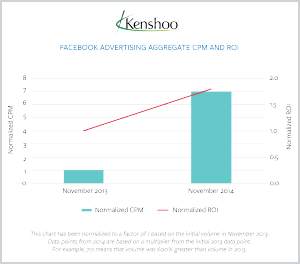There’s no rest for the wicked and that couldn’t be truer when managing paid search campaigns, particularly for brands with an international outlook.
Increasingly, marketers are tasked with targeting audiences in multiple markets, which means having to deal with local search engines such as Yandex and Baidu, different languages, fluctuating currencies, and most importantly very different strategies.
Despite this, many marketers are still attempting to manage paid search campaigns manually, but this is not efficient, and at scale it’s just not viable. Even with the best will in the world, it is simply not possible to get the most out of paid search if you try to do everything yourself.
What’s your paid search regime?
At Greenlight our best practice checklist comprises of 42 items. However, on a daily basis we perform 10 basic checks across all of our accounts to make sure that everything is operating smoothly. These include running health checks, comparing results to historic data, checking for search terms on top spending and appearing keywords, understanding the impact of changes made, keyword bids, and disapproved ads etc.
In many cases these checks lead to changes being made, which can be extremely time consuming. In addition to this, you will need to run through your whole portfolio across different search engines, expand accounts, create and start promotions, and make sure there are no dead links or out of stock products. Add to this everything else that is on your to-do list and this can become unmanageable very quickly.
However, marketers shouldn’t aim to simply keep the plates spinning. When we say management, we’re talking about running a ‘top notch’ paid search programme that is constantly evolving, and fits in with the overall strategy of the business. Something you can “act on” rather than “react to” in conjunction with other channels to make the biggest impact to your business’ bottom line.
What’s the alternative?
We believe that the answer lies in management platforms like DoubleClick, Kenshoo, Marin, and Acquisio, among others, which can automate part of this process and make your paid search campaigns much more dynamic by reacting to pre-set factors, such as pausing a campaign if a product becomes out of stock or increasing the levels of spend to ensure a top position at all times in search.
That said we’re not saying that you should swap people for machines. A human element is incredibly important, particularly when analysing what is causing unexpected results or trends in search volumes. Going down the technology route doesn’t have to be an all or nothing situation and you don’t have to on-board all the features platforms have to offer.
What solution should you use?
The all-important decision of which solution to go for can be incredibly challenging. In some ways it is a little bit like picking your partner for life – as they don’t come cheap and can make your life better or significantly worse. Unfortunately, there isn’t one solution that fits all advertisers needs, so I would advise researching them all and meeting with them to hear what they can actually do for you and always push for real examples to make the business case a no-brainer.
During my tenure at Greenlight I’ve seen them all tested at some stage and while they all practically do the same job in essence, they all have their specialisms that should fit with your business and focus. For example, Marin is now focused on the integration of Paid Social and PPC; while Acquisio seems like it will be the first to have a full Adobe (Omniture) integration – this is a bespoke solution and not a ready-made feature. That said, one of the most obvious challenges that they all face is the difficulty in keeping up with Google’s product roadmap, so what’s great now may not be so great in just a few months’ time.
Keeping on top of things is no easy task as the world of PPC continues to evolve and more engines are added to this already confusing space. My advice is to stop doing things manually and make your resolution in 2015 to find the right technology partner. You’ll thank yourself that you did.
